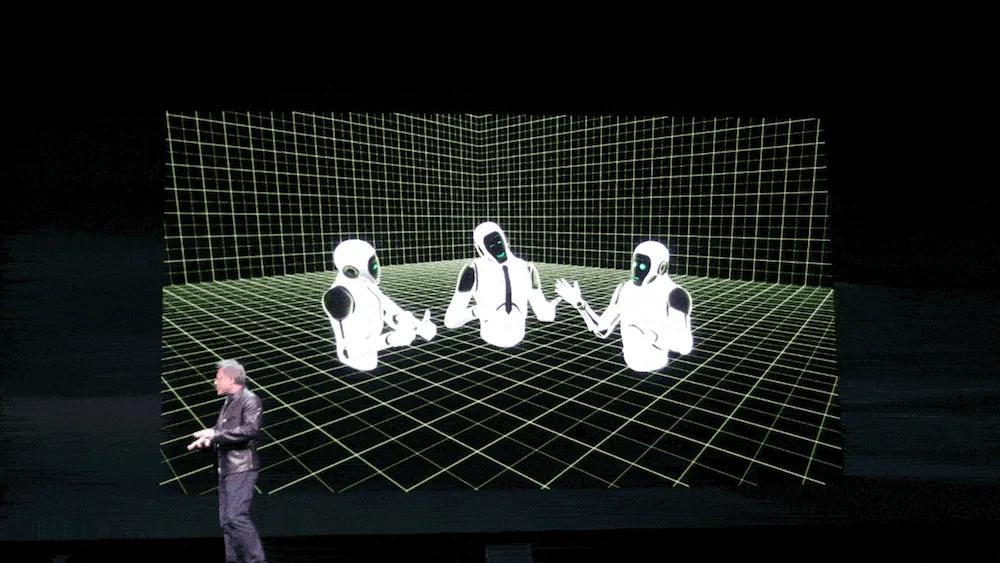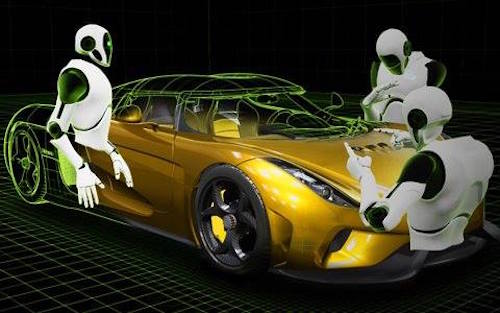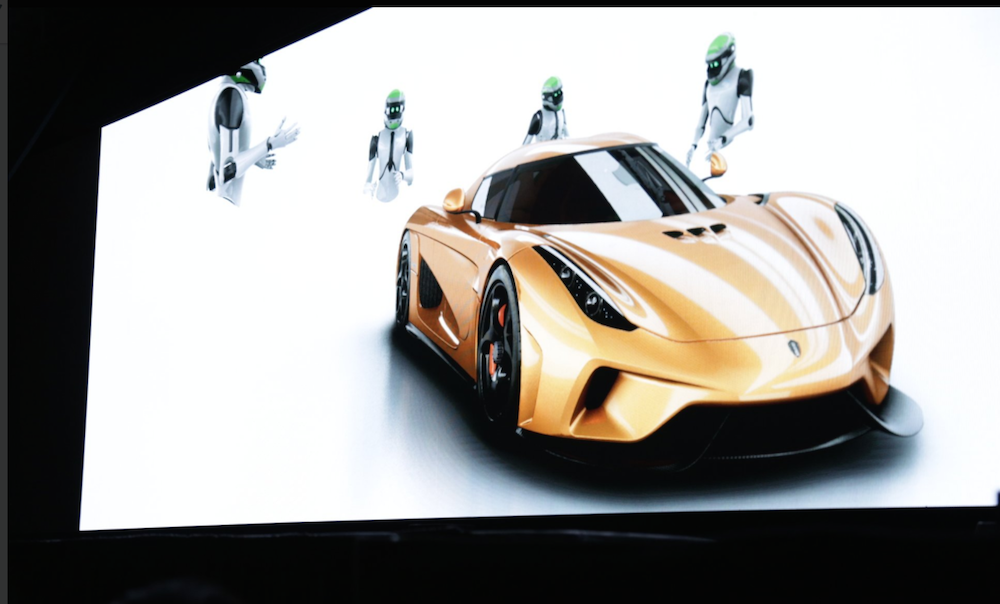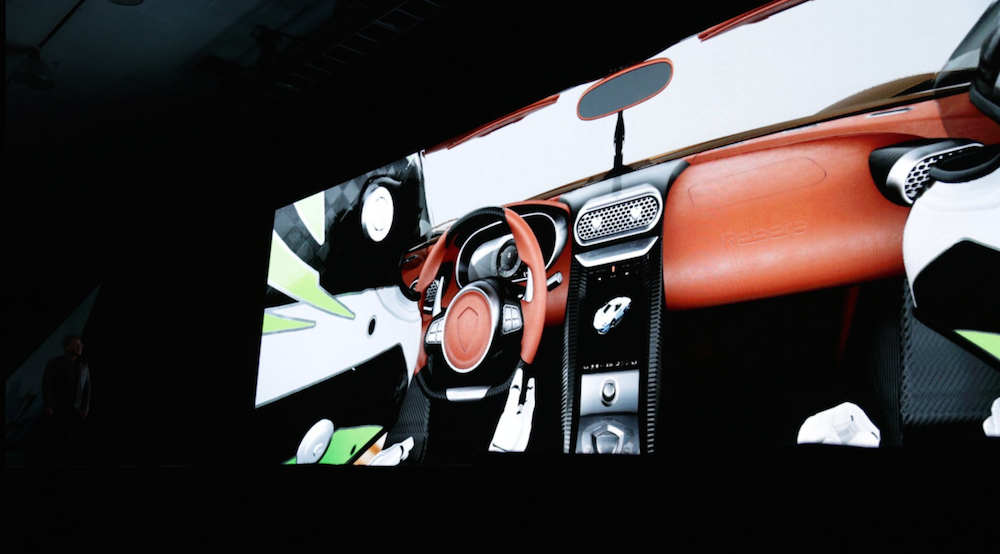NVIDIA CEO Jensnen Huang took the stage at GTC 2017 today to share what the GPU manufacturer is up to concerning deep learning, ray tracing, and virtual reality.
To this latter point, Huan announced Project Holodeck — an upcoming social VR Experience that will allow multiple users to occupy a single digital space.
To demonstrate Project Holodeck, Huan showed a feed of four NVIDIA representatives inside of the experience. Together, they examined and discussed a high-resolution model of a sports car. The four then began to interact with the model directly by opening the doors and entering the car. Huang then requested a closer look at the sports cars internal parts. On command, the car exploded into hundreds of pieces and parts that could be studied individually.
Shared experiences and car visualizers are nothing new for VR. However, Huang explained that what will set Project Holodeck apart is its focus on photo-realistic graphics and consistent, believable physics.
Most readily available social VR experiences now prioritize connectivity over image fidelity. As a result, things like Altspace VR and Facebook Spaces utilize low-poly avatars and assets in order to ensure a quick connection over the internet. NVIDIA’s social VR experiment, however, will be committed to making the visuals as photo realistic as possible, according to Huang.
In addition to realistic visuals, Huang added that Project Holodeck’s sense of realism will be protected through a suite or believable physics that are consistently applied. For example, in Project Holodeck when you want to touch the steering wheel of a car with your hand, your avatar’s hand will be stopped by the wheel rather than passing through it. Objects will have a rigidity inside Project Holodeck that NVIDIA hopes will make spending time inside of it more enjoyable and believable.
NVIDIA has already shown off this type of physics-based VR in its VRWorks collection of demos.
Project Holodeck will be available for early access in September, 2017.
































